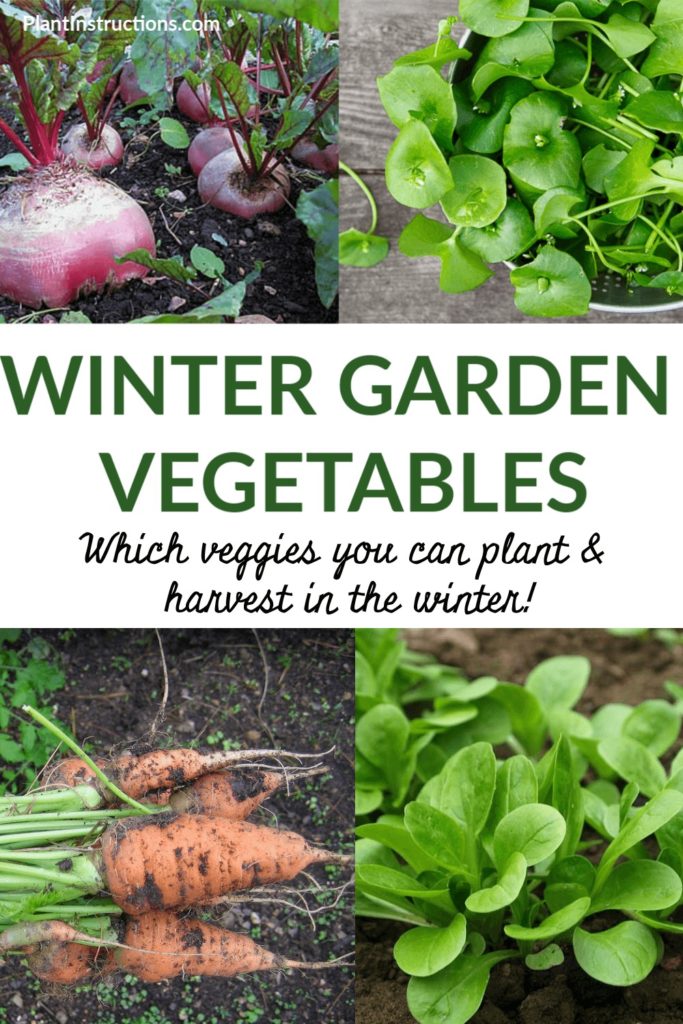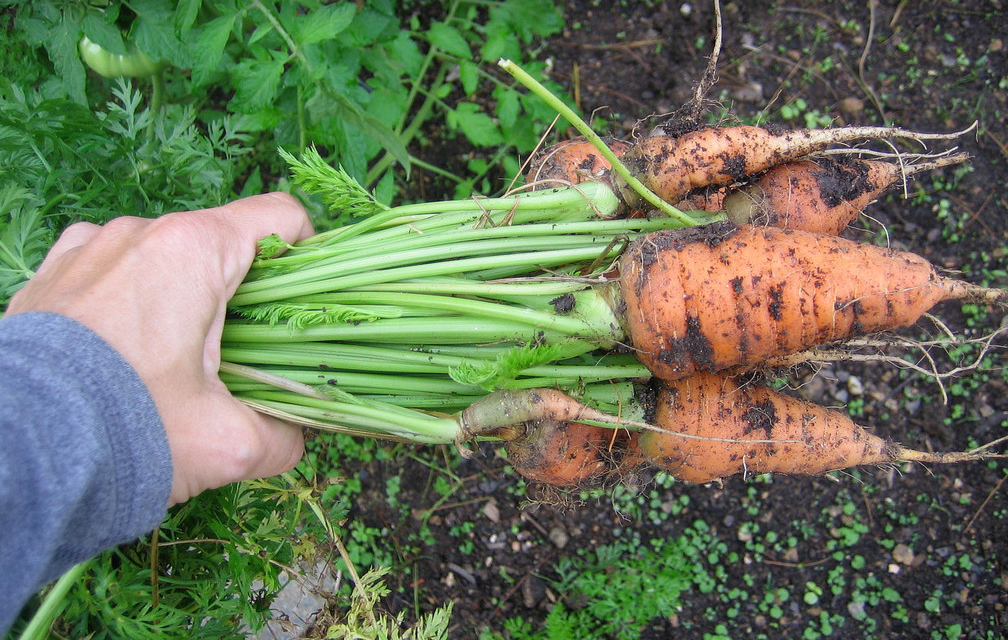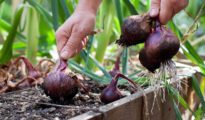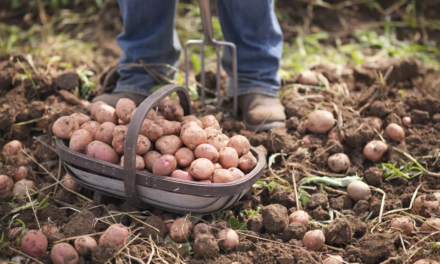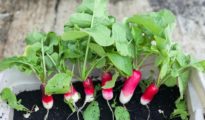Winter is already here and that means it’s time to prepare your garden for some winter crops! Today we will be discussing everything about winter garden vegetables so you can enjoy your fresh vegetables at the end of the season!!
If you prepare your garden properly you can grow a variety of vegetables. If given the right protection and conditions, some vegetables will produce throughout the season and others will stay alive until spring.
Winter Garden Vegetables
Prepare your Soil:
Before starting your winter vegetable garden, you will need to prepare your soil. To do this, remove what is left from the summer garden. By cleaning your garden from summer remnants, you ensure that diseases and insects won't overwinter in the garden. Using a garden spade, aerate the garden and break up clods.
Prepare your planting beds by adding organic amendments like chicken manure, compost, seaweed, and kelp and stir manure and mix into the soil. Across the planting beds, add organic vegetable food, cottonseed meal, bone meal, and blood meal.
Shape the planting beds at least 3 to 4 inches high and slopes to the south. Make it higher on the north side so the southern exposure will warm the soil. When planting your crops, plant tall ones to the north and short crops to the south. This way short crops won’t be shaded by taller ones.
Try to only use planting beds that get full sun since this is what winter vegetables need. Locate your planting beds near buildings, stone walls, or south-dancing wooden fences. Planting beds located in these places will absorb heat during the day and radiate it back onto the garden at night. Have portable cold frames or plastic row covers to protect the crops when frost comes. There are a tons of DIY cold frames you can easily make.
Plant the Right Veggies:
Not all vegetables do well in the winter, but a few do incredibly well. This is why knowing exactly what to plant during winter is crucial. The following veggies are excellent for winter.
Garlic
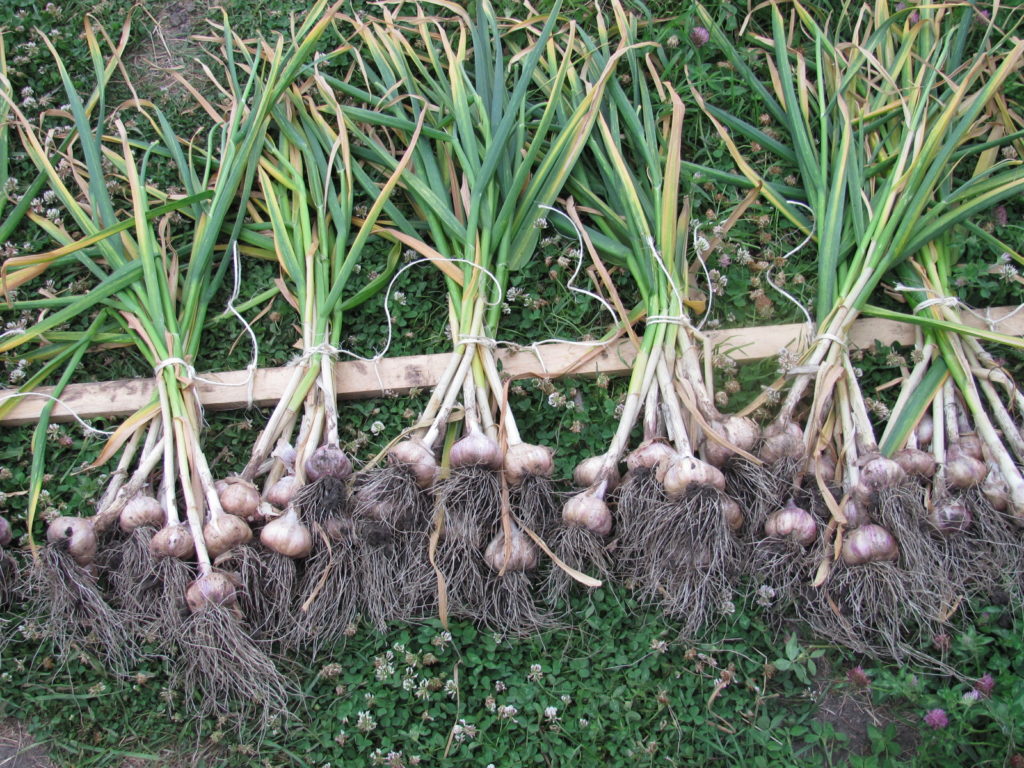
Plant garlic bulbs in autumn, about 2-4 inches deep. Space them 5 inches apart and rows at 12-15 inches apart. Make sure to grow garlic in full sun in fertile, well-drained and moist soil. Harvest in the summer when bulbs are ready, cure them and store them in a low-humidity environment.
Mache

This small salad green is high in vitamin C and has a nutty flavor. Mache grows incredibly well in the winter given the proper conditions. Sow seeds in autumn, spacing them a few inches apart and leave 4 inches between rows. Plant mache in slightly acid, well drained soil, since mache grow better in this type of soil. Protect the small plants with tunnels and harvest as needed.
Spinach

Plant seedlings in fall, spacing them 2-3 inches apart with 2 feet in between rows. Spinach needs to be well-drained, well-watered and planted in composted soil. Thin spinach crop at least 7 inches apart to promote air circulation. Protect from elements when needed, and keep them well mulched. When the crops have fully develop cut the plant at the base and enjoy!
Beets
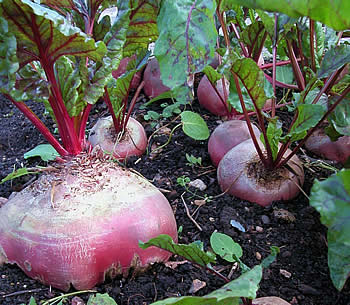
Sow beets seeds 3 inches apart and 8-12 inches between rows. Beets do amazing in low nitrogen, high phosphorus and rich soil. Beets will be ready to harvest once the tops start to show. You can cover the shoulders with mulch for larger beets. Either leave the beets in the ground once they stop producing, or store them.
Leeks

Plant leeks 5 inches apart and 11 inches between rows. Make a 3 inch hole to encourage longer stems. Leeks love rich soil and a sunny spot. You can harvest leeks as you need, pinching the largest first.
Miner’s Lettuce
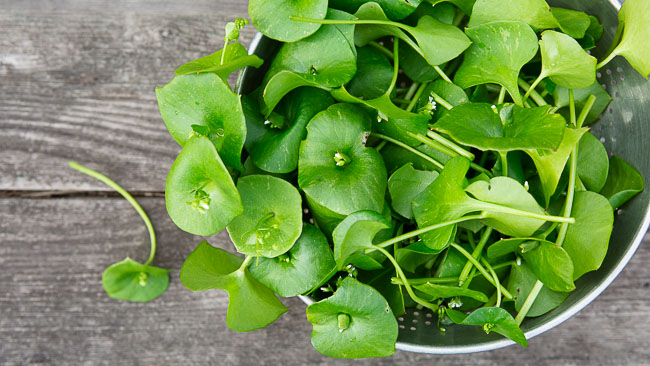
This small plant is another mighty salad that does incredibly well in winter if protected from frost. Sow seeds half-inch apart and 3 inches between rows in full sun to partial shade. Miner’s lettuce needs sandy soil and consistent moisture. Harvest as needed.
Kale
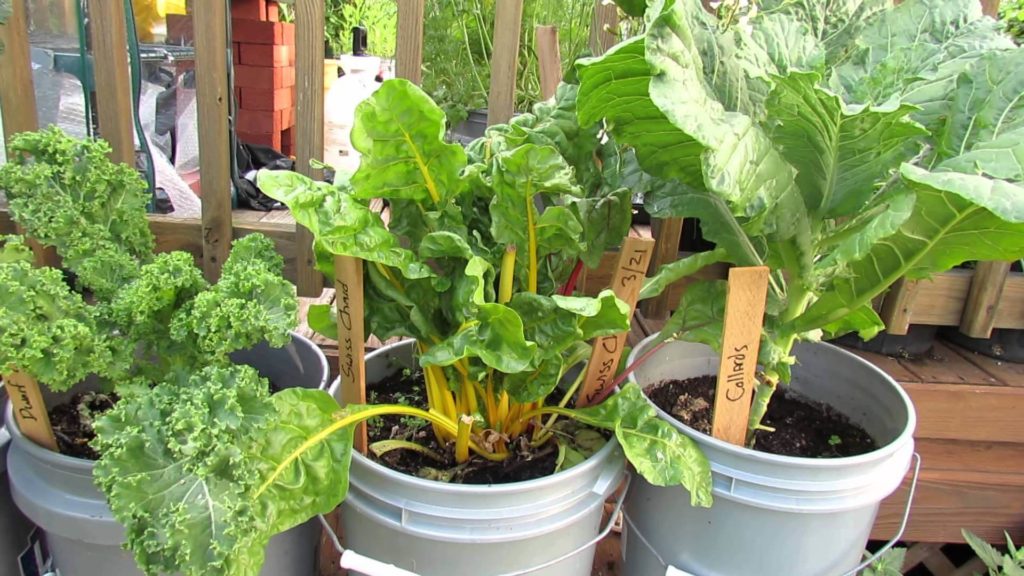
Sow seeds 18 inches apart with 2 feet between rows in a sunny place. Kale loves and needs fertile soil, using compost will help then grow well. Provide well-drained soil, water heavily and mulch to survive winter. Harvest frequently when leaves are rich green and have a firm texture.
Arugula

Arugula tolerates freezes and frost, but still needs protection from harsh weather. Sow seeds 1 inch apart and once the leaves are about 2 inches, you can harvest. Arugula grows amazing next to spinach, so you can plant these two together!
Winter Onions
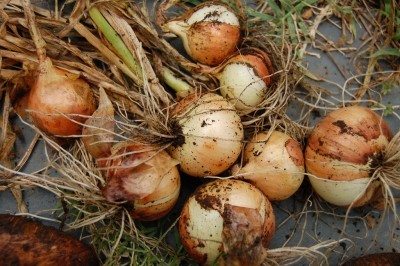
Plant each winter onion set 1-2 inches deep and 4-6 inches apart in rich soil. Cover with mulch to provide warmth during cold weather. Water twice a week and watch out for pests. You can harvest the onion greens once they reach several inches in height.
Carrots
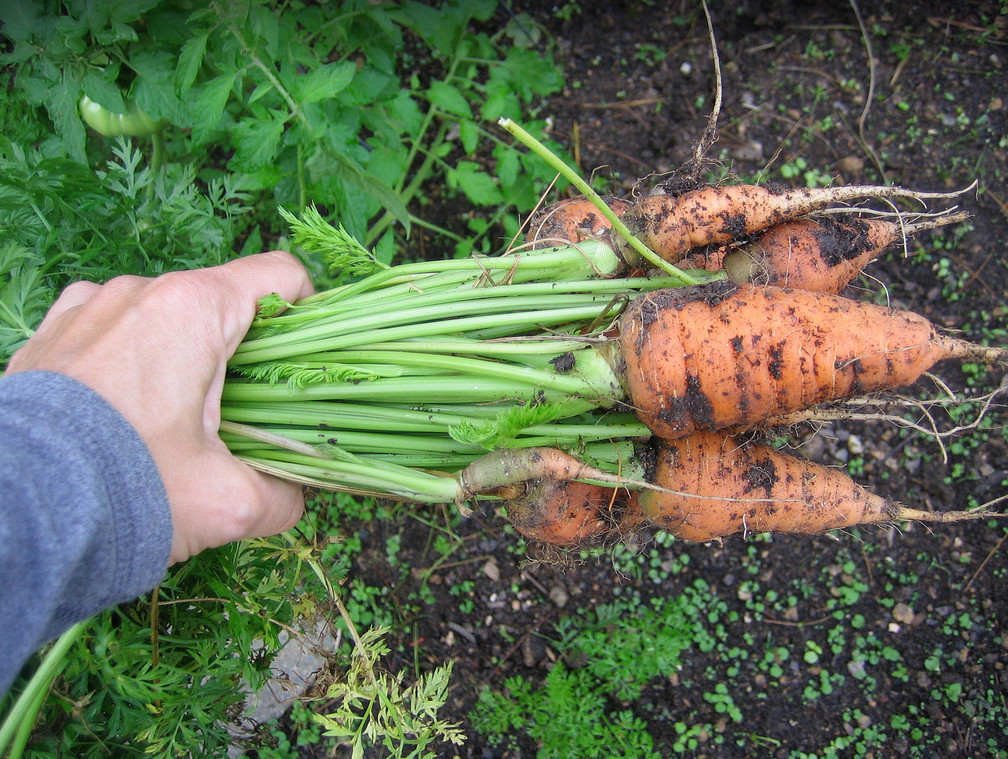
Sow cool weather varieties 3 weeks before the last expected frost. Space them 1-2 inches apart and cover with potting mix, compost or sand. Most carrot crops take 70 to 80 days to mature.
Keep Taking Care of Your Soil:
Keep your soil damp but not saturated, winter rain will help you with watering so when it starts to rain, slow down on water. Proceed to fertilize using a slow-release fertilizer or a water-in fertilizer. Do not use warm water thinking it will benefit the veggies, this will only shock them.
Keep your winter garden weed free by using a strong salt solution. Spread the solution on the weeds making sure to avoid the veggies.
Now that you know everything about how to keep your winter garden vegetables through all winter, it’s time to roll your sleeves and get to planting!
Like this post? Pin, share and comment below 🙂
